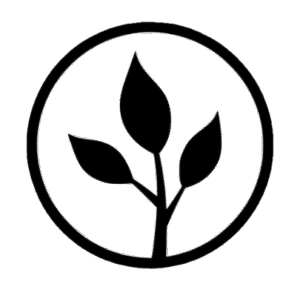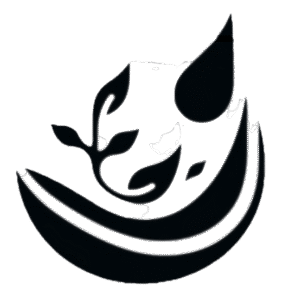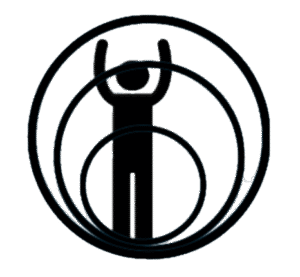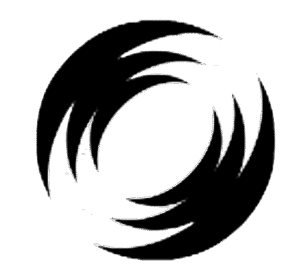
Overview
For whom?

When?

How much?


Muscle 1: Cultivating trust
 Trust is the yeast in the bread of self-organisation: you can't do without it. Trust can best be described as a process – both in terms of biographical experiences that shape one's own trusting or suspicious view of the world and people, and in terms of concrete interactions in which trust grows or erodes.
Trust is the yeast in the bread of self-organisation: you can't do without it. Trust can best be described as a process – both in terms of biographical experiences that shape one's own trusting or suspicious view of the world and people, and in terms of concrete interactions in which trust grows or erodes.
Trust is primarily built through positive interactions. It grows when agreements are honoured and actions are consistent. In this way, a leap of faith can gradually develop into a strong, trusting relationship. Where trust is lacking or not yet sufficiently established, cooperation requires a supportive framework, transparent structures and rules. On an individual level, trust begins with the question „When and how do I feel secure?“ (e.g. to trust my colleagues in their role responsibilities or to make a „safe enough to try“ decision).
Muscle 2: Confidence in rough waters
 The practice of self-organisation regards tensions as necessary fuel for development. Holacracy defines them as „the gap between current reality and perceived potential“. Regular, formalised processing of tensions guarantees the continuous adaptation and further development of the self-organised system.
The practice of self-organisation regards tensions as necessary fuel for development. Holacracy defines them as „the gap between current reality and perceived potential“. Regular, formalised processing of tensions guarantees the continuous adaptation and further development of the self-organised system.
Even decisions in shared leadership contexts cannot be made without tolerance for tension and a willingness to engage in conflict. Teams with strong social values often cultivate a dogma of harmony. This reduces the potential for collective creativity and leads to weaknesses in decision-making: ideas and contributions remain side by side instead of being critically negotiated. Options that meet with initial objections are not pursued further. A peaceful but uninspired status quo is given priority over exciting further development. Tension competence can provide important impetus here.


Muscle 3: Self-navigation
S Self-navigation describes the ability to reflect on and control oneself. The path to self-organisation involves a gradual shift from external structures to internal competence and personal development as a source of stability. The muscle of self-navigation is both a prerequisite and a product of this process. It is based on knowledge of our inner landscape and requires the ability to be aware of the values and basic attitudes of our own actions, to be open to developmental impulses and, at the same time, to respect our own limits.
Self-navigation describes the ability to reflect on and control oneself. The path to self-organisation involves a gradual shift from external structures to internal competence and personal development as a source of stability. The muscle of self-navigation is both a prerequisite and a product of this process. It is based on knowledge of our inner landscape and requires the ability to be aware of the values and basic attitudes of our own actions, to be open to developmental impulses and, at the same time, to respect our own limits.
While hierarchical organisations often cause stress through alienation and external control, the stress in the context of self-organisation often lies in finding a healthy level of commitment and self-care and being aware of the consequences of one's own actions, as we are not only responsible for ourselves but also for the greater good.
Muscle 4: Ability to act in complex situations
 The ability to act in complex situations is one of the meta-skills of our time. It combines complexity consciousness, i.e. the recognition of the non-linear dynamic quality of social processes, with complexity competence – the ability to deal with this quality in a targeted manner. Where multi-layered interactions in systems influence each other, predictability and controllability reach their limits. At the same time, it is clear that living systems control themselves according to certain rules. The better we understand these patterns, the more likely we are to remain capable of acting in complex situations.
The ability to act in complex situations is one of the meta-skills of our time. It combines complexity consciousness, i.e. the recognition of the non-linear dynamic quality of social processes, with complexity competence – the ability to deal with this quality in a targeted manner. Where multi-layered interactions in systems influence each other, predictability and controllability reach their limits. At the same time, it is clear that living systems control themselves according to certain rules. The better we understand these patterns, the more likely we are to remain capable of acting in complex situations.
The relevance of this muscle for the navigation of self-organising systems has primarily to do with the dynamic and decentralised nature of self-organisation: while every formal structure reduces complexity, the dynamic and decentralised configuration of self-organising systems and their commitment to holism (bring your Self to work!) the complexity of the social space largely remains.


Muscle 5: Alignment Ability
 Alignment is a dazzling term that can best be translated as „common orientation“. However, alignment does not refer to conformity, but rather to a self-directed Alignment, aligning oneself with a common purpose and goal. Where alignment succeeds, teams become collectively capable of action and find their groove. Where there is stagnation, the system becomes turbulent and impulses run chaotically amok. Studies on high-performing teams suggest that alignment is an essential ingredient for successful collaboration. Alignment ability is the collective ability to continually re-establish this common alignment.
Alignment is a dazzling term that can best be translated as „common orientation“. However, alignment does not refer to conformity, but rather to a self-directed Alignment, aligning oneself with a common purpose and goal. Where alignment succeeds, teams become collectively capable of action and find their groove. Where there is stagnation, the system becomes turbulent and impulses run chaotically amok. Studies on high-performing teams suggest that alignment is an essential ingredient for successful collaboration. Alignment ability is the collective ability to continually re-establish this common alignment.
For successful self-organisation, the decentralised momentum of roles and the holistic orientation of the system must be balanced. The divergences between individual and collective goals and the resulting tensions are the driving force behind development in self-organisation. If they are not given space and are not celebrated, the system will be aligned but not alive.
Muscle 6: Showing Up
 Showing up refers to a quality of action in which a person stands up for something and demonstrates this. This quality lends the action conciseness and charisma. Three aspects are characteristic of this: purpose (the action is anchored in and consistent with one's own values and goals), responsibility (the action is based on taking responsibility and makes commitment visible) and presence (the action is related to the here and now, truthful and authentic. Standing up for the cause is embodied).
Showing up refers to a quality of action in which a person stands up for something and demonstrates this. This quality lends the action conciseness and charisma. Three aspects are characteristic of this: purpose (the action is anchored in and consistent with one's own values and goals), responsibility (the action is based on taking responsibility and makes commitment visible) and presence (the action is related to the here and now, truthful and authentic. Standing up for the cause is embodied).
In self-organised teams, the roles of leading and following are more distributed and dynamic than in hierarchical settings. It is a balancing act between internal and external impulses. Awareness of our inner selves, our feelings and trust in our intuition, contrasts with our perception and interpretation of the social field and the impulses in our environment. If we lose contact with one of these two sides, if one world dominates or if the boundary between them becomes blurred, our showing up becomes uneven.


Muscle 7: Resonance in relationships
 In physics, resonance refers to the vibration of one body in sympathy with another. The nature of the resonant body determines the frequencies at which it vibrates in a particular way. Resonance is always a reciprocal process: the vibration also has an effect on the source that triggered it. In the context of human experience, resonance arises from a lively, deep relationship between individuals and their (social, physical or symbolic) environment. Resonance in relationships is particularly strengthened by empathy – the ability to empathise with another person and understand their emotional situation.
In physics, resonance refers to the vibration of one body in sympathy with another. The nature of the resonant body determines the frequencies at which it vibrates in a particular way. Resonance is always a reciprocal process: the vibration also has an effect on the source that triggered it. In the context of human experience, resonance arises from a lively, deep relationship between individuals and their (social, physical or symbolic) environment. Resonance in relationships is particularly strengthened by empathy – the ability to empathise with another person and understand their emotional situation.
Self-organising systems control their internal climate through co-regulation – by referring to and mutually influencing actions and emotions between those involved. Resonance and empathy are essential prerequisites for this to succeed. Resonance is also helpful where internal development has formalised practices, such as in tension-based work.
hosts

Lysan Escher


